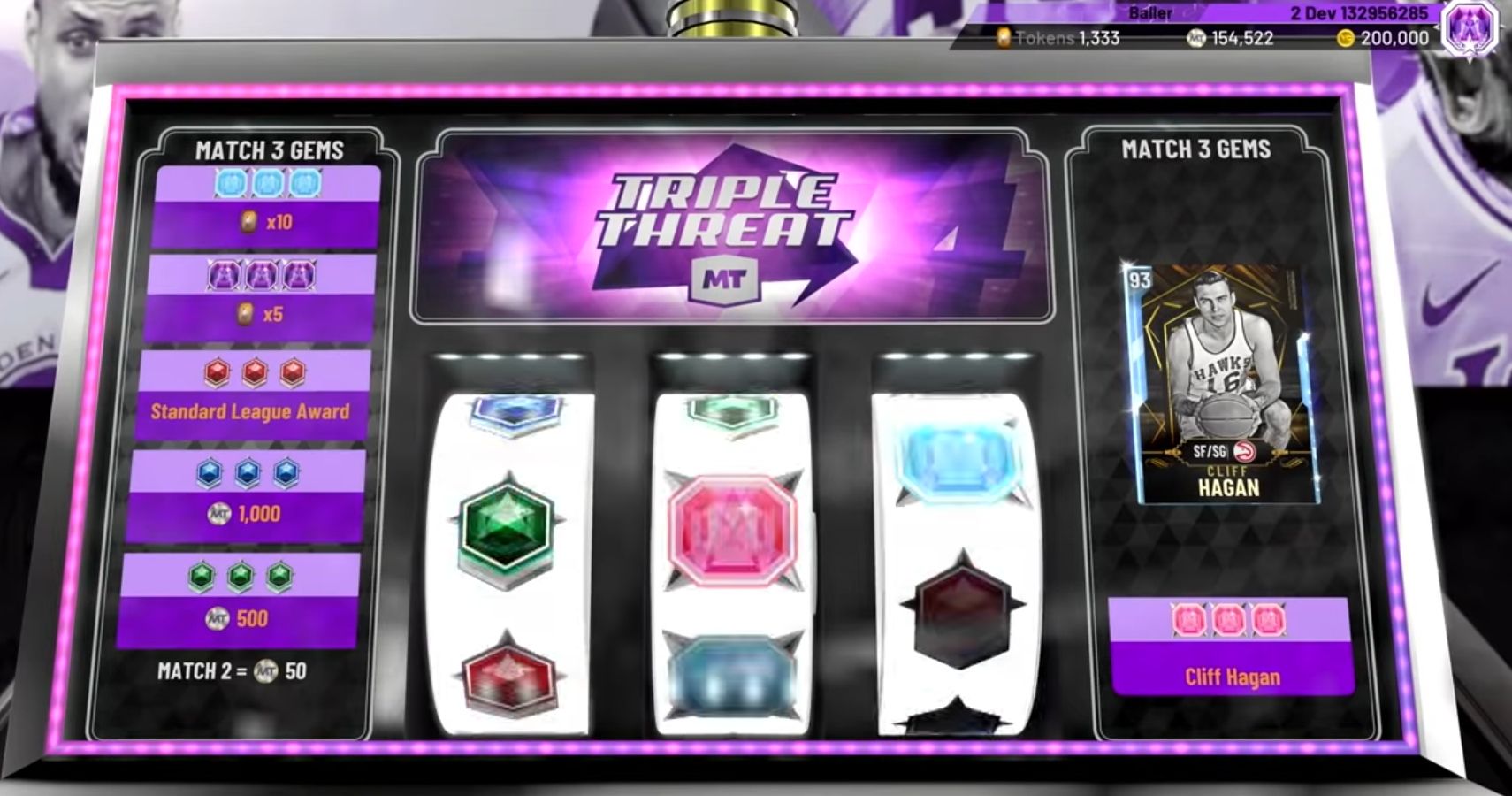A recent report released by veteran games industry researchers Super Data reveals a shifting trend in consumer spending within the video games industry. While in-game console purchases are down, mobile-game purchases are on the rise.
Most PC revenue (85%) and nearly half of console revenue (48%) originated from in-game purchases in 2018, but now it has only been the mobile segment of the market that has seen increases in spending over the past two years. PC spending meanwhile has remained static, while consoles have seen a decline in the past year.
Super Data states that these shifts in consumer spending can be attributed to a few factors. First is the fact that consumers are spending less money overall in games but are proportionally spending more on one or two games. Fortnite, for example, has seen declines since the beginning of 2019. Epic has countered this by creating new content to keep players engaged.
The second factor is that when additional content is created, it appears to be failing to effectively convert players into spenders. The two games singled out here are FIFA 20 and NBA 2K20, which feature some excessive means of in-game purchase options.
Half of gamers (51%) did not spend on additional in-game content and Super Data argues that developers will require "new and enticing solutions…and game makers should be transparent in the ways they sell additional content."
This should come as no surprise when coupled with the third factor, which is that players are simply more consumer savvy and aware of how games seek to part them from their money. NBA 2K20 is a perfect example where the game, itself, demands a premium purchase price on release and then requires players to continually shell out money to acquire all of the content in the game.
These tactics have been highly criticized by consumers for years, but largely tolerated within the gaming community as evidenced by spending. After years of the same tactics that offer no real benefit to players, it appears gamers are starting to reject the status quo.
As such, the drop in PC and console spending may simply be attributed to consumers becoming aware and exhausted with the constant push for additional spending, especially since the market is saturated with so many high-quality games. To release a AAA title at the highest price points and expect players to continually spend is not a viable long-term strategy. Publishers seem slow or unwilling to consider alternatives that may produce a lower theoretical revenue stream, though.
That mobile spending has increased in another matter, however. Perhaps the reasons for these differences in spending habits lies in the types of consumers who play on mobile devices versus those who play on PC or console.
For now, it may simply be that the endless introduction of loot boxes, battle passes, and cosmetic items has become standard within the video game industry to the point that consumers are no longer drawn in by such tactics. How publishers choose to monetize their games in the future is yet to be seen, but it will be interesting to see what lies ahead.
Source: SuperDataresearch.com



